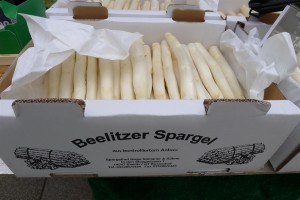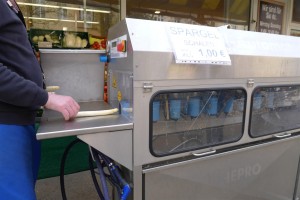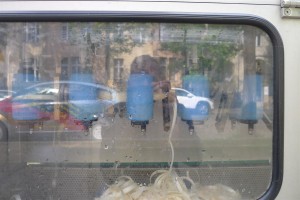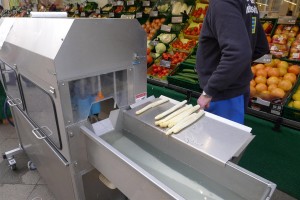One of the original intentions of this blog was to share with family members and friends some of the experiences that Annette, our daughters and I are having here in Germany. In that spirit, I just posted to the Gallery photos from two recent trips that Annette and I had the good fortune to take. The first was with Rani, horseback riding in northeastern Spain. The second was with Mamta and another family, bicycling in northern Germany.
Monthly Archives: May 2014
Germany’s Building Energy Efficiency Ordinance
[A version of this post also appears at GreenBuildingAdvisor.com]
In mid October of last year, the German government approved amendments to its Energie Einsparung Verordnung (EnEV), the federal ordinance that mandates energy efficiency for buildings. Negotiations about revisions to the EnEV were prolonged and heated. The ordinance that was passed is a testament both to the collaborative abilities of the government’s various factions, and to the importance the German public places on the country’s Energy Transition. This latest version of the EnEV reflects the government’s relevant energy policy decisions, and it brings the ordinance into alignment with the latest European Union Directive regarding building energy performance.
On May 1 of this year, the changes that were approved last October came into force. New requirements relating to building energy labeling and heating systems are now in effect, but a key provision of the so-called EnEV 2014 — tighter requirements for building energy efficiency — will not be in force until 2016. Continue reading
The Excitement of Spargelzeit
We are in the midst of Spargelzeit — asparagus season — here in Germany. This asparagus is not the slim green variety that one typically finds in the US, but rather plump stalks of white asparagus. White asparagus is the same species as green, but it is cultivated differently. Soil is piled over the young shoots as they grow, and opaque tarps ensure that no light reaches the asparagus . In the absence of sunlight, photosynthesis does not occur, and the stalks become etiolated — they remain white.
Fans of white asparagus (every German I know) claim that it is less bitter and more tender than its green counterpart. The stalks also tend to be thicker, because the asparagus is allowed to grow longer. The downside to white asparagus is that the thick skin has to be peeled before it can be eaten. The peeling can be done at home with a vegetable peeler, but for €1.00, our local grocer will send a kilo of asparagus through this peeling machine:
I don’t think it took too many German machine engineers to come up with this contraption. It consists simply of pairs of rollers interspersed with fixed-blade vegetable peelers. Continue reading





